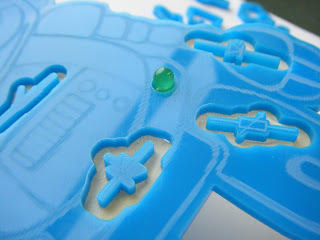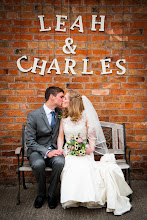To make a base for the robot and some spaces for the components to sit in I attempted to use the CNC machine. I thought it would be good to learn how to use this as I have never used one before. However, it didn't do the best job of it, the edges were left rough and the size was not accurate, and the shape I needed cutting could easily have been cut on the laser cutter.
I laser cut two more robot shapes for the middle and the base to give it some depth for the components to sit in...
This part will be sandwiched between the top etched robot shape and the plain base shape.
This is the base with a hole for the LED to fit into.
The next step was the stick on the copper tape as the conductive material which triggers the buzzer and LED when it's touched with the tweezers.
I first stuck on the copper tape to correspond with the holes in the robot for the components.
I then connected the areas with more copper tape so that all areas were linked. This was then tested with a micrometer to check the continuity across the tape but I found that the current would not flow along the paths to all the areas.
I then had to solder the copper paths to the copper areas to provide continuity across the base.
The yellow wire form the circuit board was then soldered to the top of the copper strips.
The base, middle and top of the robot were then stuck together with double sided tape which is strong enough to hold but is not permanent so that the robot could be fixed if it wasn't working:
The game is now fully working, which I am quite proud of! The circuit board will need some kind of box to encase it in just to protect it and keep it out of the way.































.jpg)
.jpg)
.jpg)
.jpg)
.jpg)
.jpg)




















